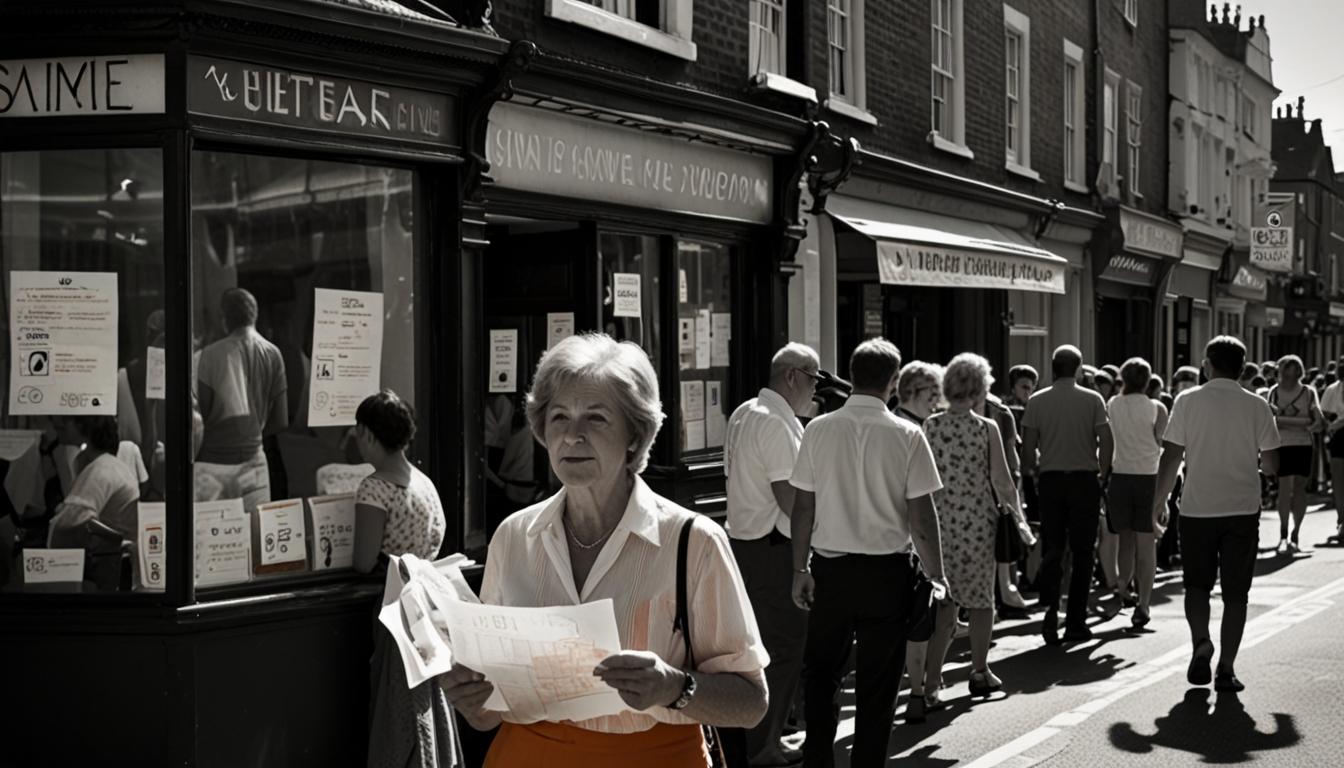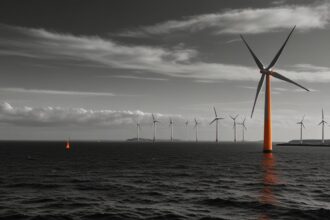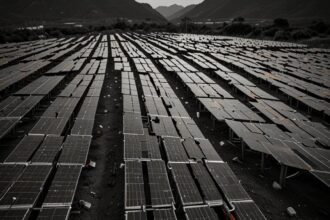UK to witness a six-day heatwave in July with temperatures soaring, while general election voting begins with Labour aiming to end Conservative governance.
UK to Experience Six-Day Heatwave in July
The UK is set to experience a six-day heatwave from July 10 to July 16, with temperatures expected to reach the mid-to-high 20s. The Met Office forecasts indicate that the southeast, east of England, and London will witness a surge in temperatures above 20°C following what has been a cooler start to July. Maps from Netweather and WX Charts confirm these elevated temperatures.
In a broader forecast covering July 8 to July 17, the Met Office has noted that temperatures will rise to seasonal norms, with warm continental air particularly affecting the southeast. The period from July 18 to August might see a mix of settled and changeable weather, with possible brief warm spells. Wetter conditions are expected, especially in the west and south of the UK.
Met Office Chief Meteorologist Paul Gundersen mentioned strong winds for Scotland, with gusts up to 50 mph in coastal and hilly areas, and showers merging into longer rain spells in the west and northwest. The rest of the UK, including Northern Ireland and Wales, may see scattered showers, while southern England will likely remain dry and sunny.
General Election Voting Begins in the UK
Polling stations across the UK opened today for a general election that could potentially end 14 years of Conservative governance. Polls suggest a substantial lead for Labour, with leader Keir Starmer expected to become the new Prime Minister. Voting will continue until 10 pm, with new photo ID requirements in place for voters in England, Scotland, and Wales, similar to the system already used in Northern Ireland.
Prime Minister Rishi Sunak, who called the election six weeks ago, has faced a challenging campaign marred by scandals and accusations. Labour also encountered issues, including candidate selection disputes and policy criticisms. The Liberal Democrats, under Ed Davey, the SNP, led by Stephen Flynn and John Swinney, and other parties, including Reform UK now led by Nigel Farage, are also contesting the election.
Results are expected to start coming in past midnight, with key constituencies like Houghton and Sunderland South traditionally among the first to declare. The UK uses a “first past the post” voting system, meaning the candidate with the most votes in each of the 650 constituencies wins, and the party with the majority of seats will form the government.
Among the notable issues dominating the election are the potential policy impacts on taxes, business operations, and international relations. The election outcome will determine whether significant shifts in the UK’s political landscape are on the horizon.













